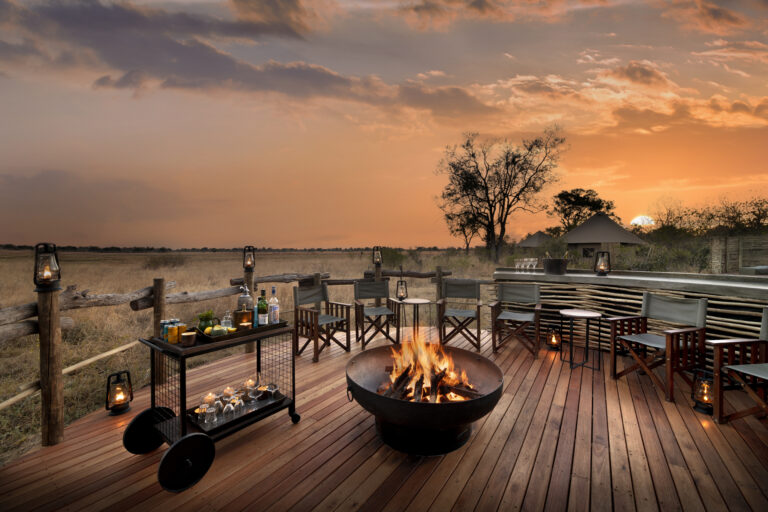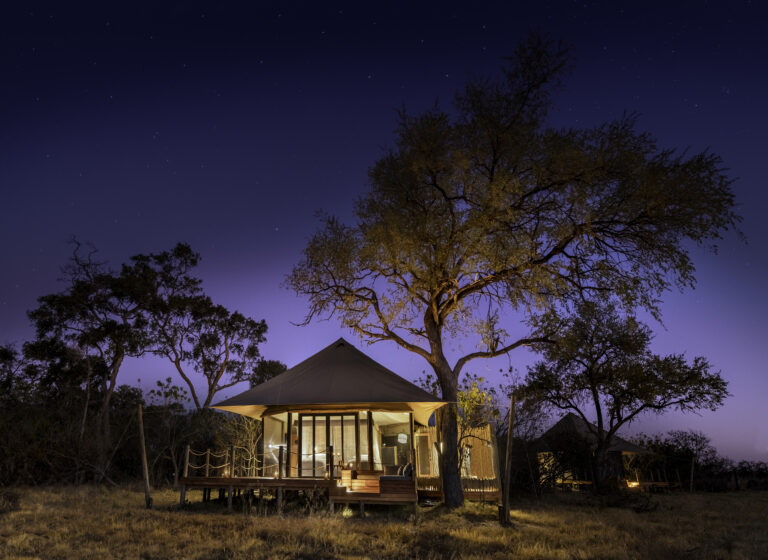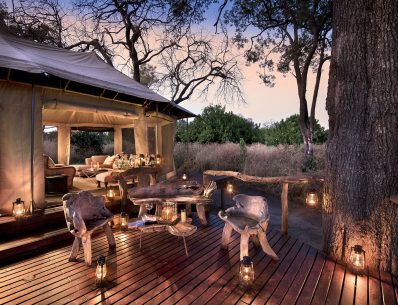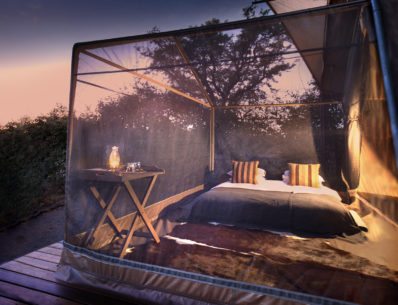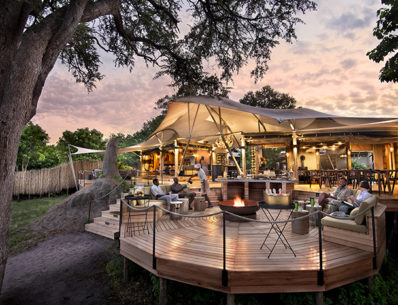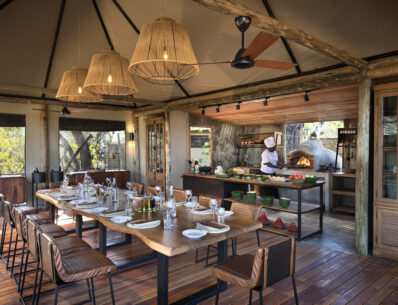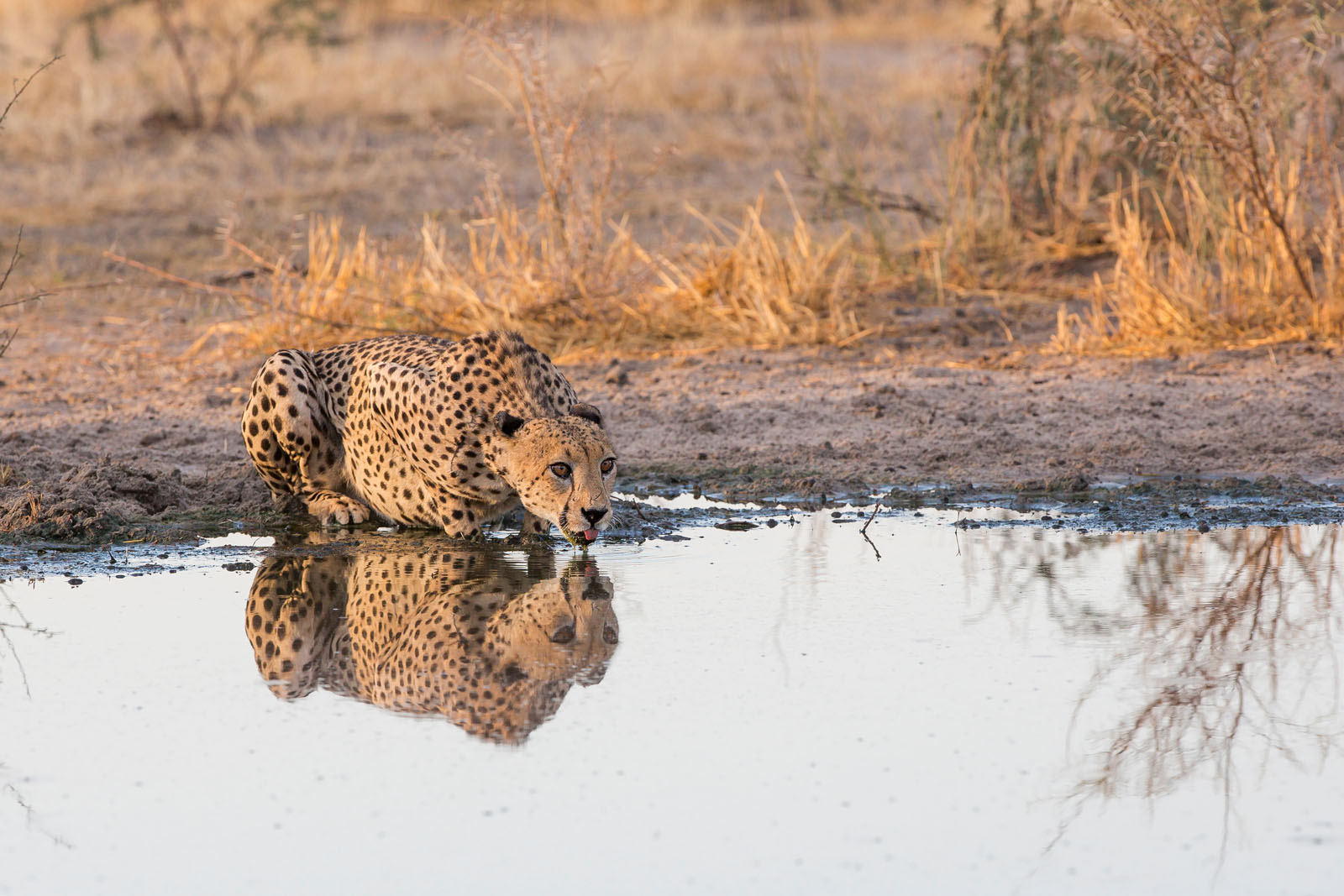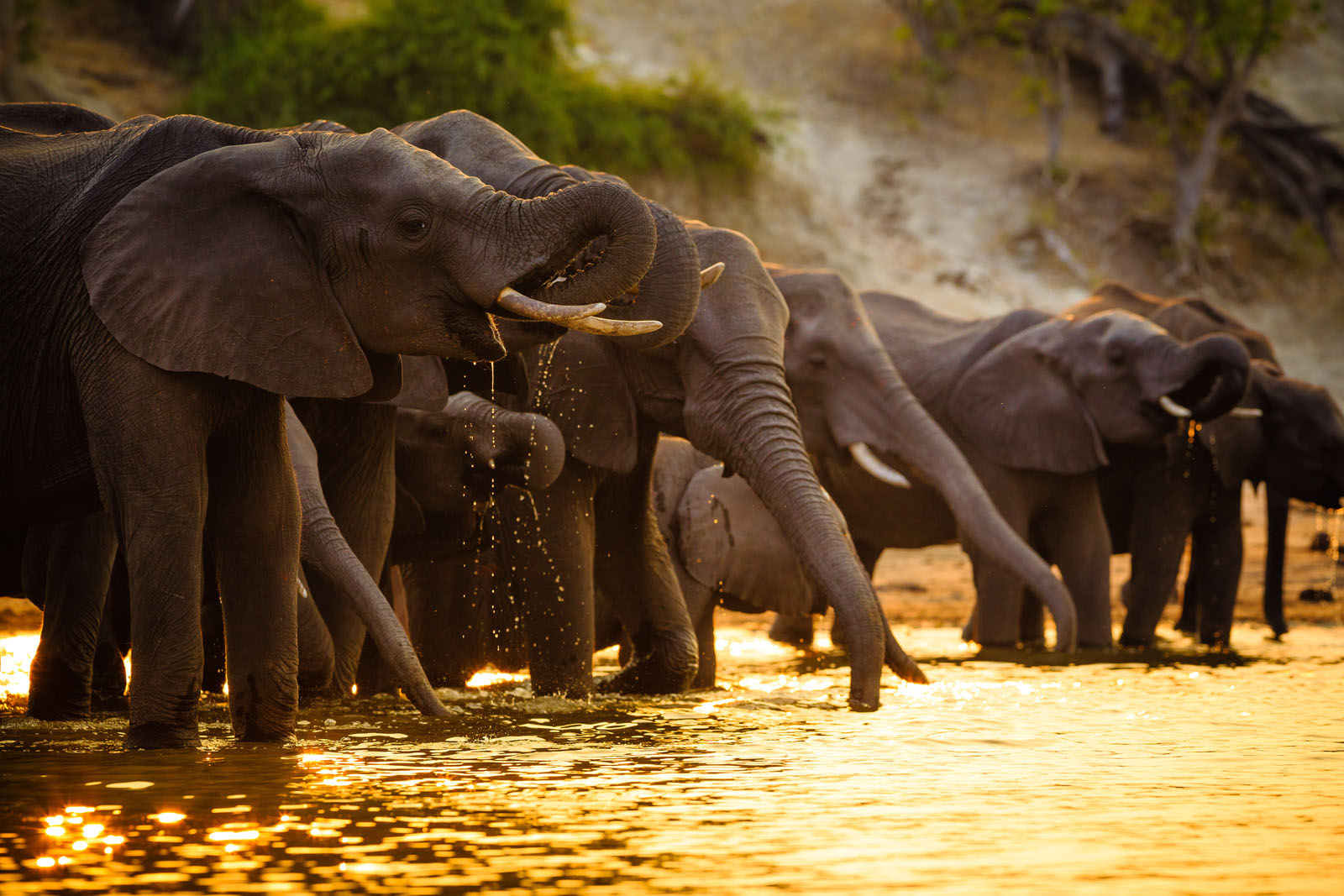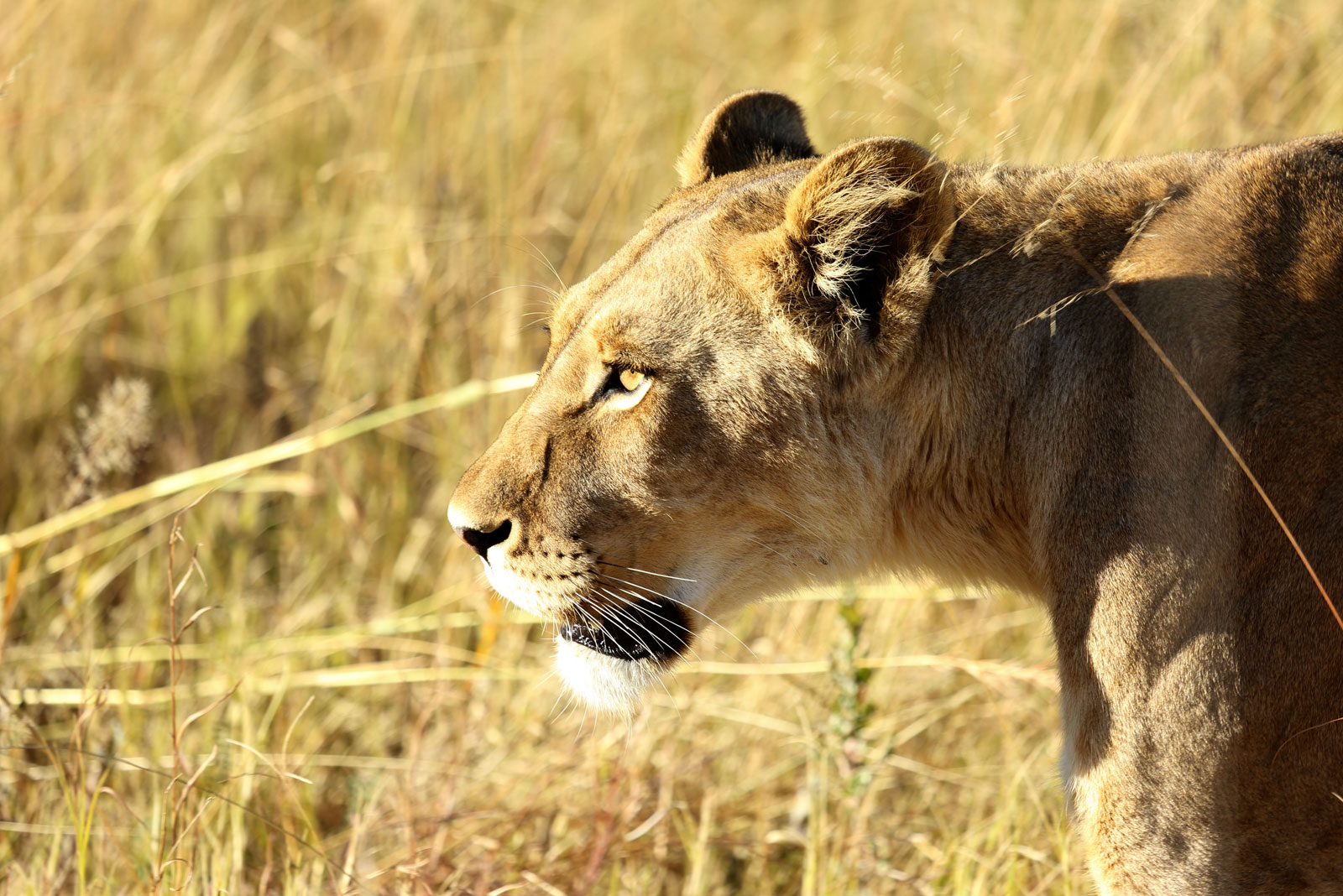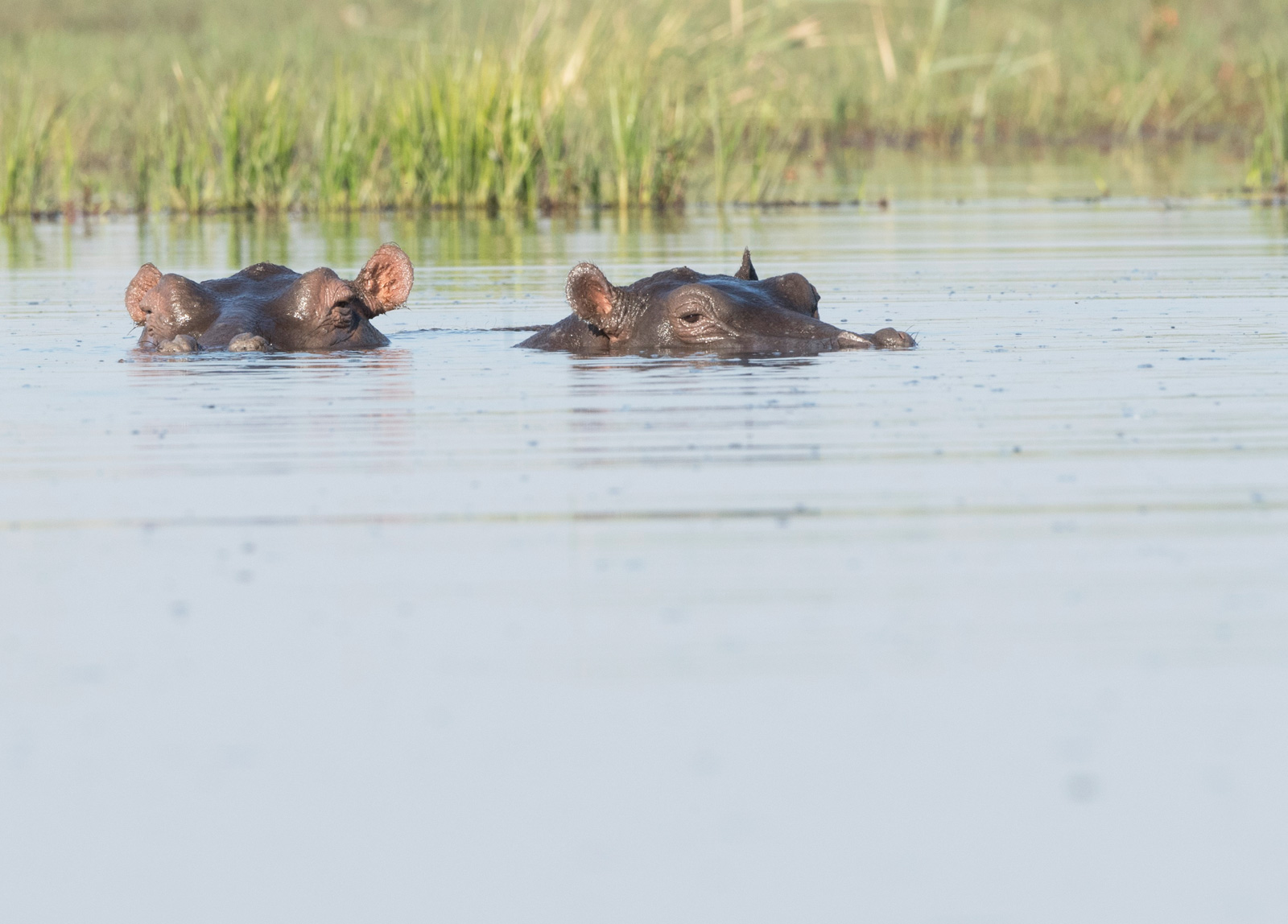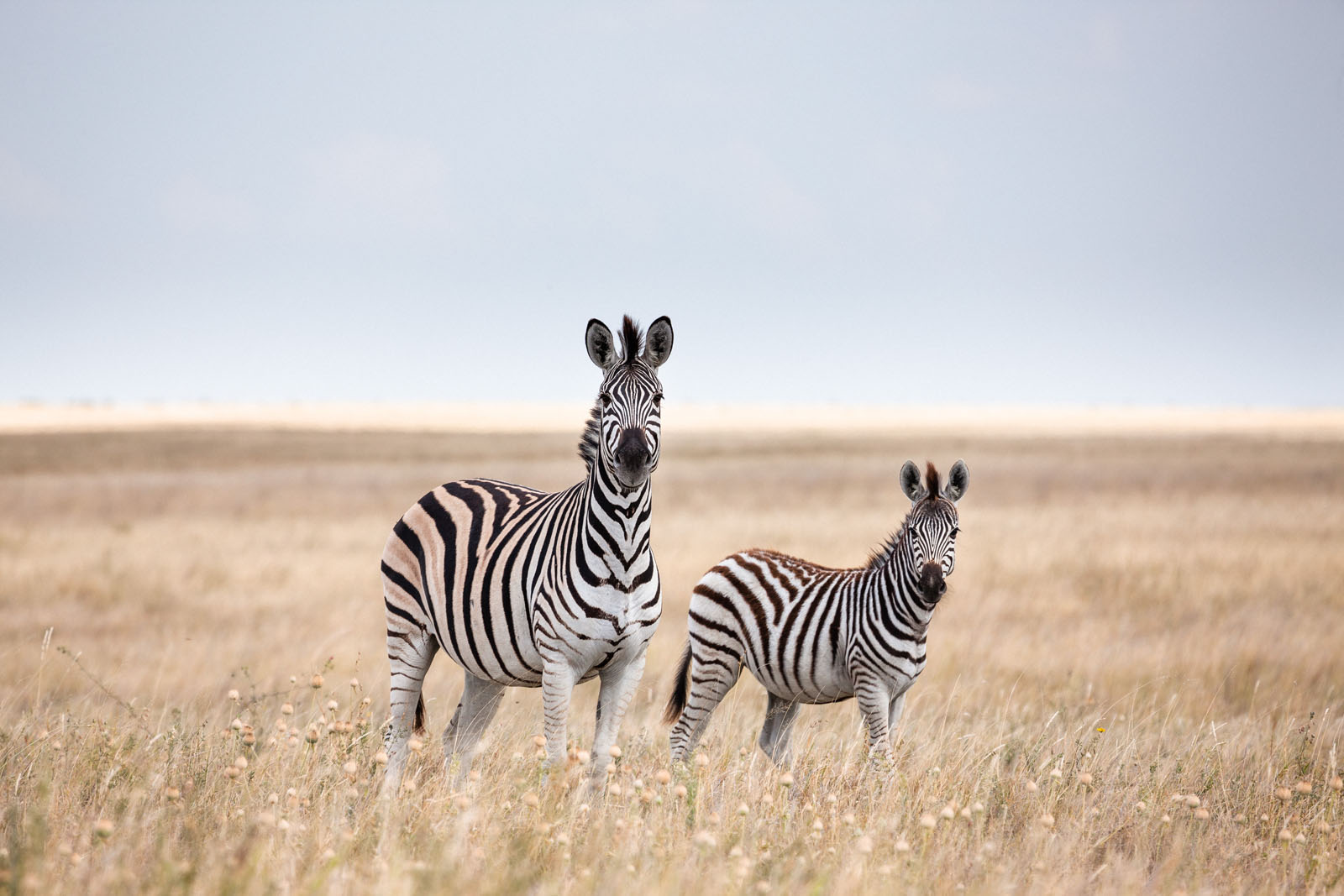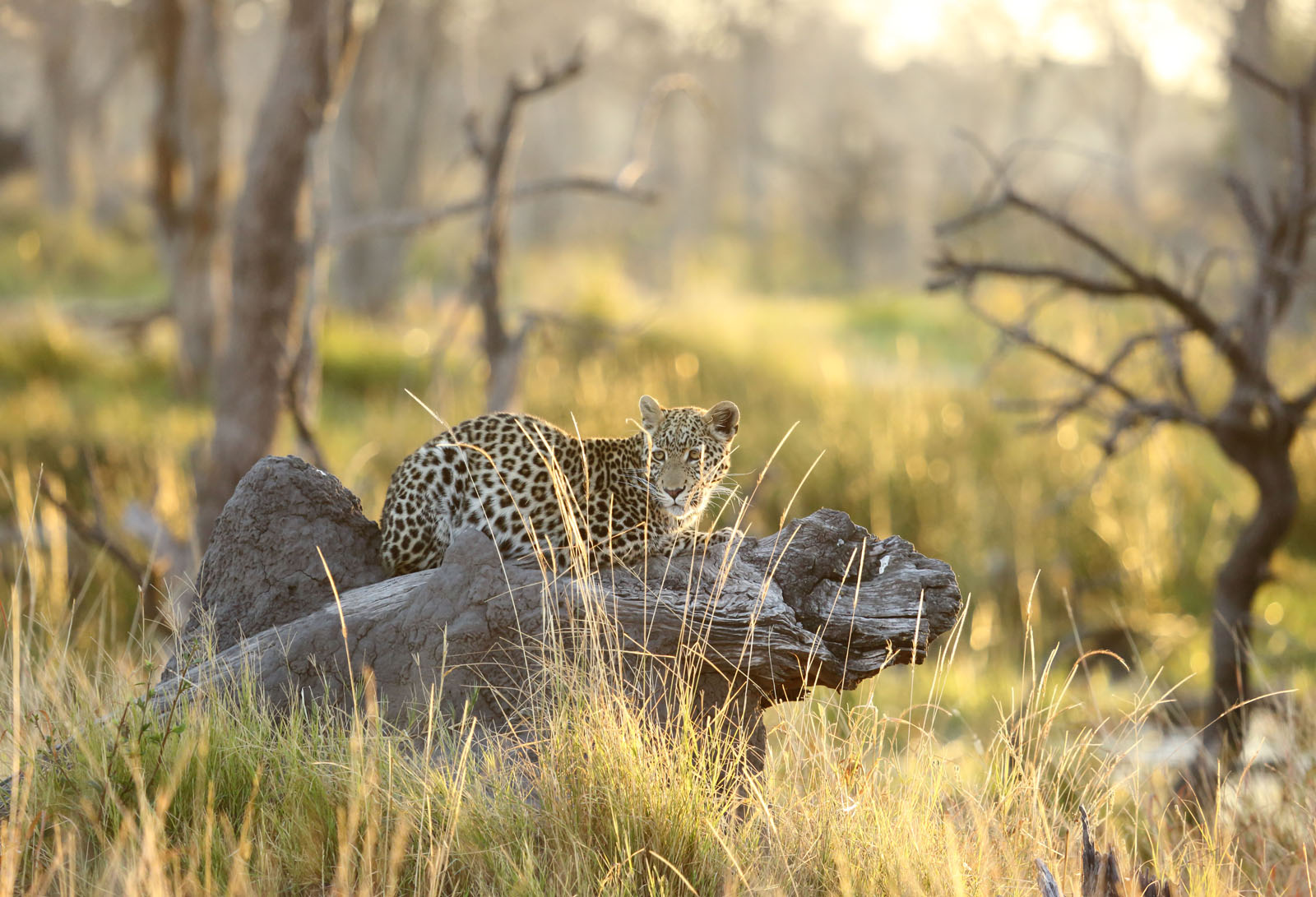Life-Enriching Safaris and Places to Explore
Botswana is one of those rare places in the world that has the ability to leave an impression to last a lifetime. This is a place where you can wander freely through the endless landscapes, surrounded by exotic wildlife and feel a true connection to the country and its humbling people.
The vast wilderness and changeable terrain in Botswana make it a haven for wildlife and one of Africa’s most sought-after safari destinations. As national parks and private game reserves make up 40% of its fenceless territory, huge herds of game are able to roam freely across the contrasting landscapes. Botswana has the highest population of elephants in Africa, which frequently grace the natural pools of our Botswana safari camps and lodges. Other wildlife you can expect to see whilst staying with us are lions, leopards, cheetahs, caracals, rhinos, hippopotami, crocodiles, giraffes, zebras, primates, bat-eared foxes, wild dogs and antelope – just to name a few.


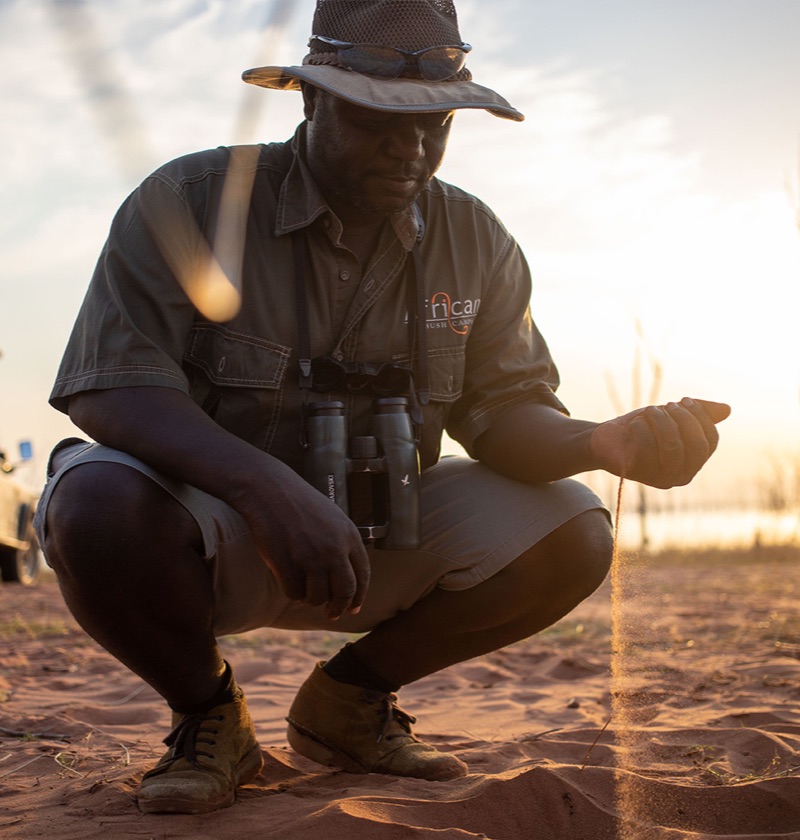

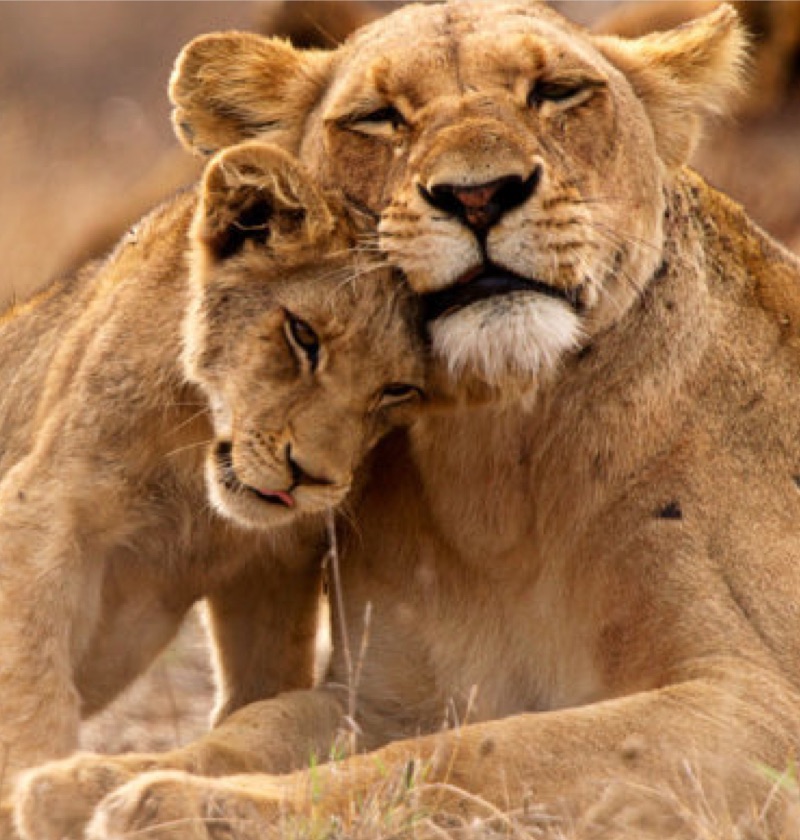



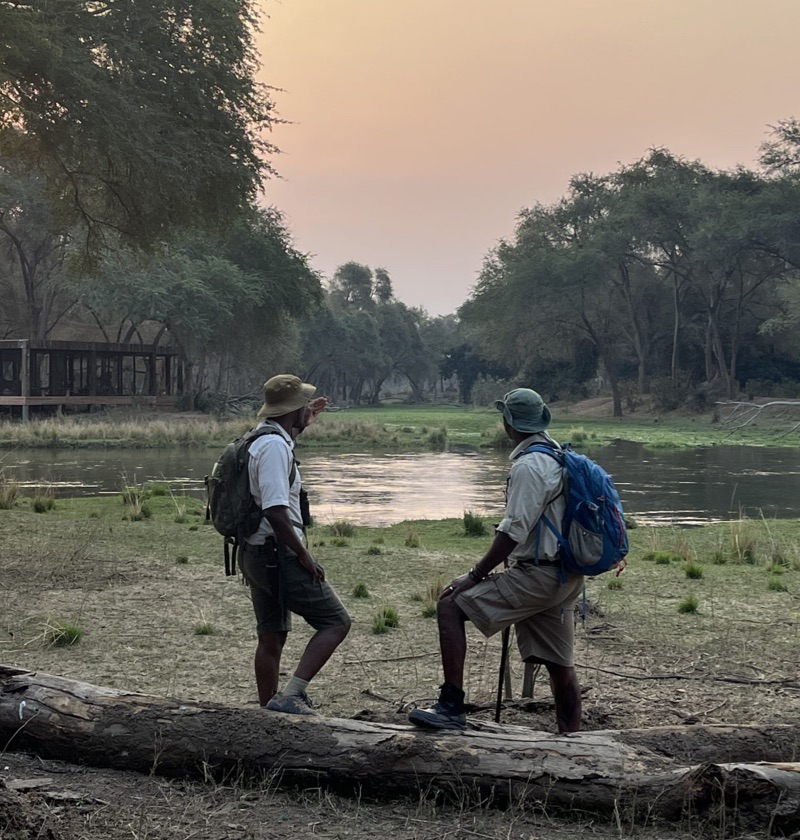


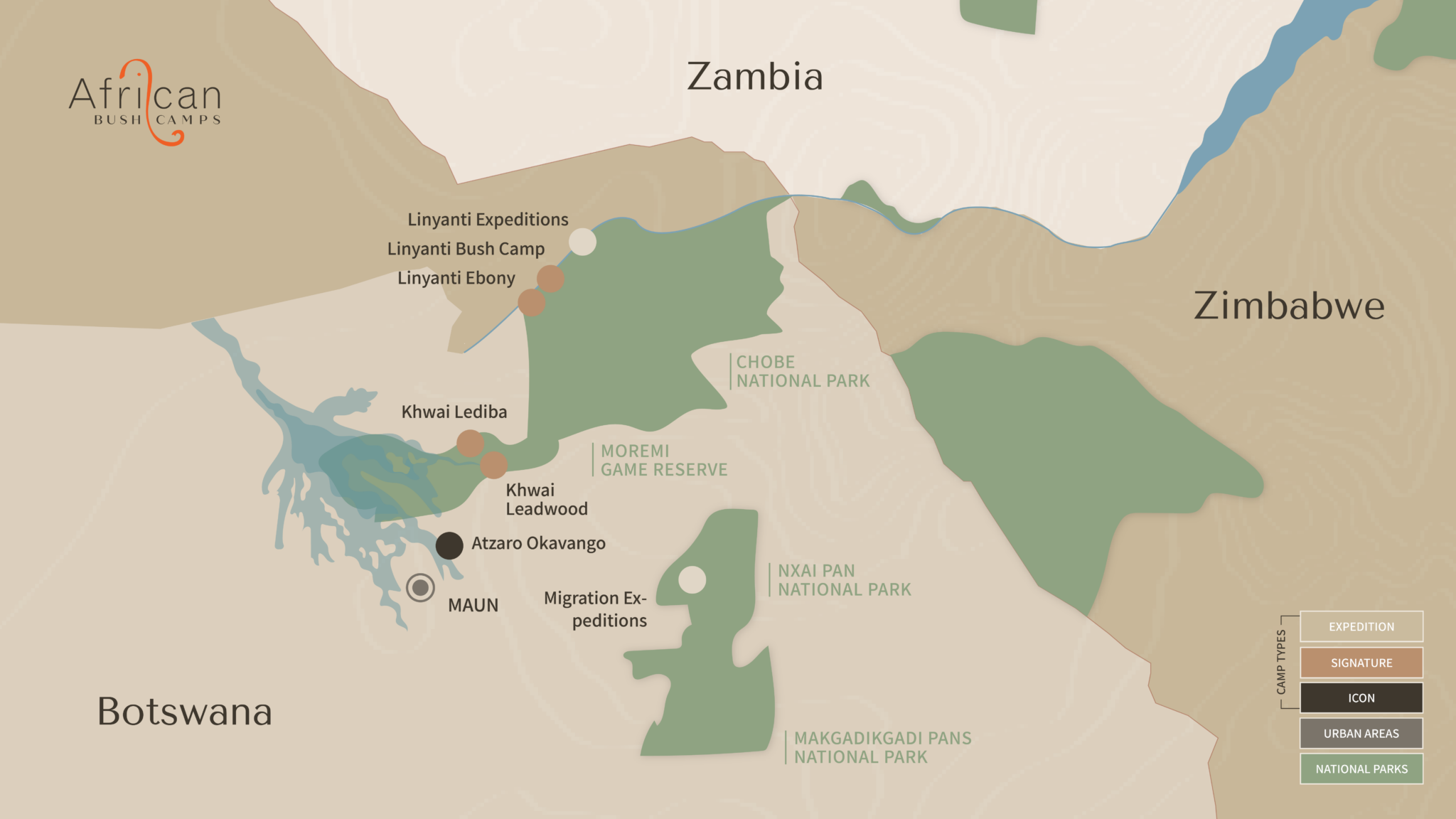
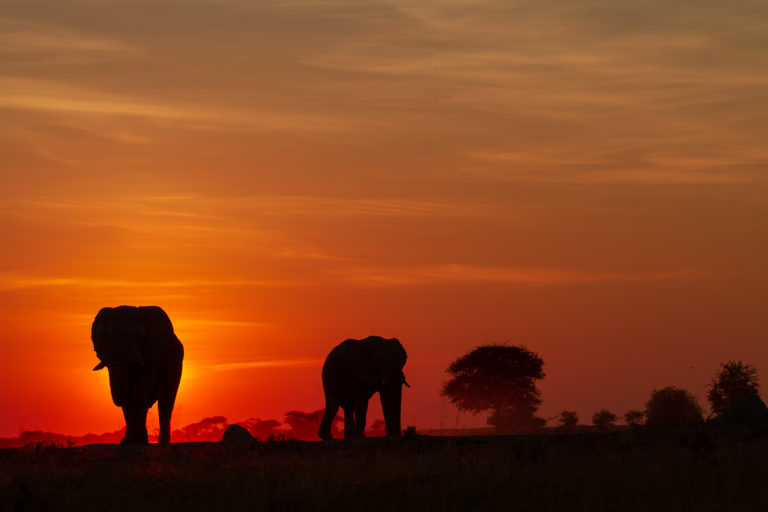

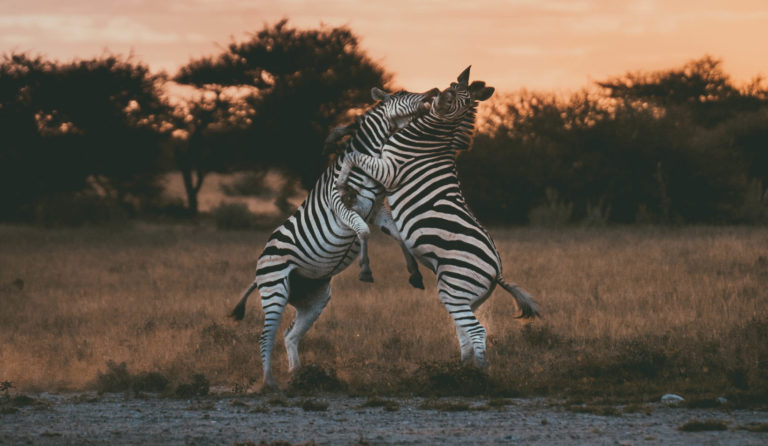


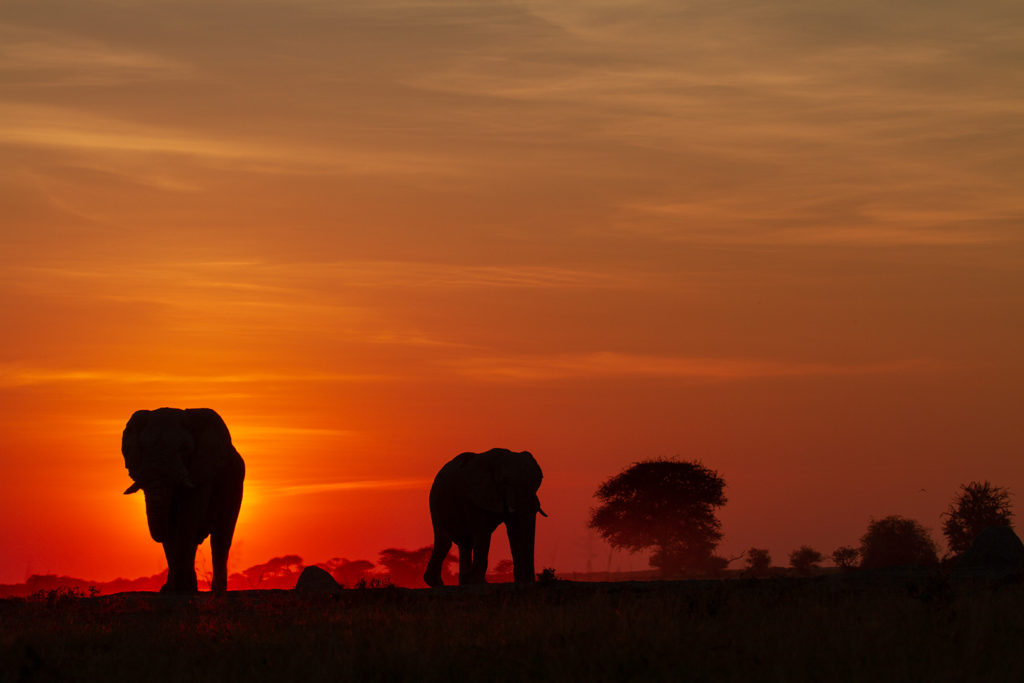

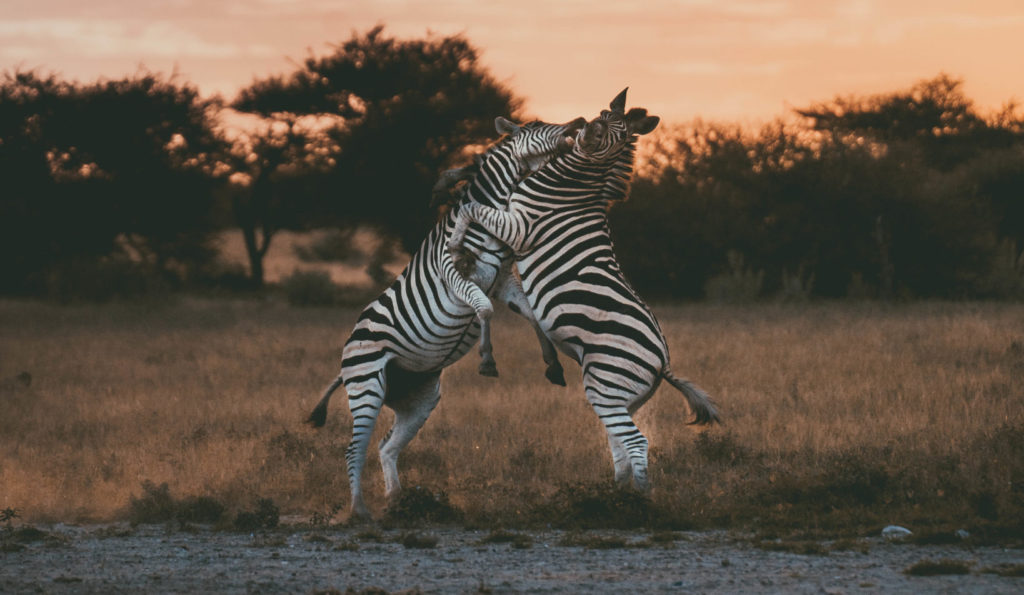


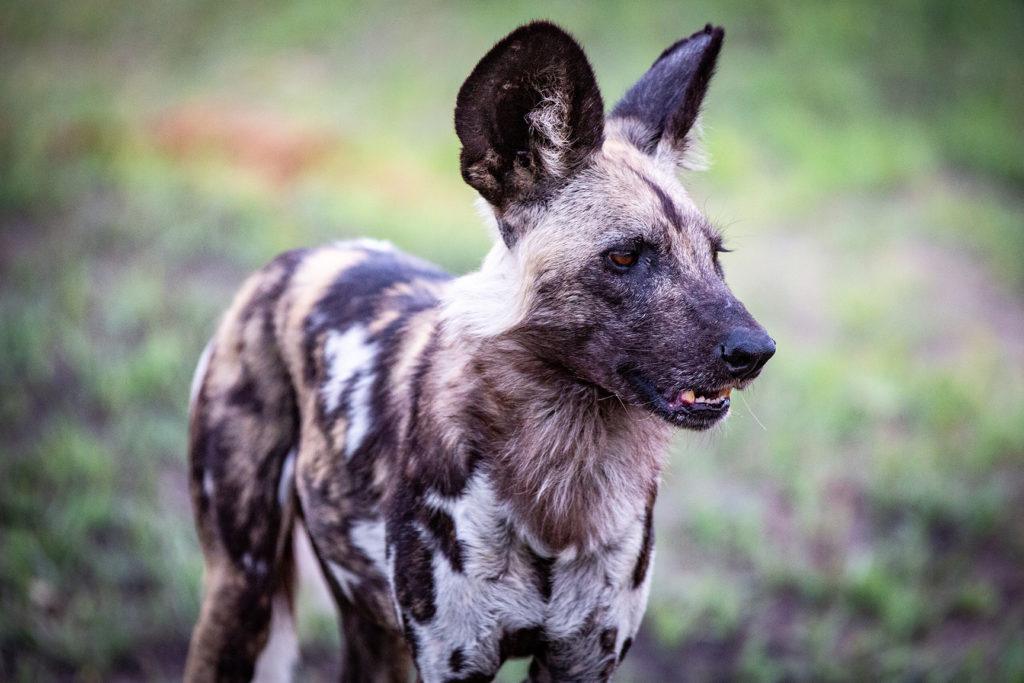
-1024x537.jpeg)

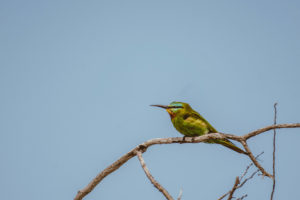
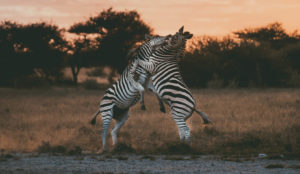


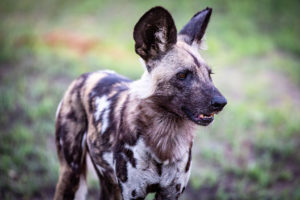
-300x157.jpeg)

